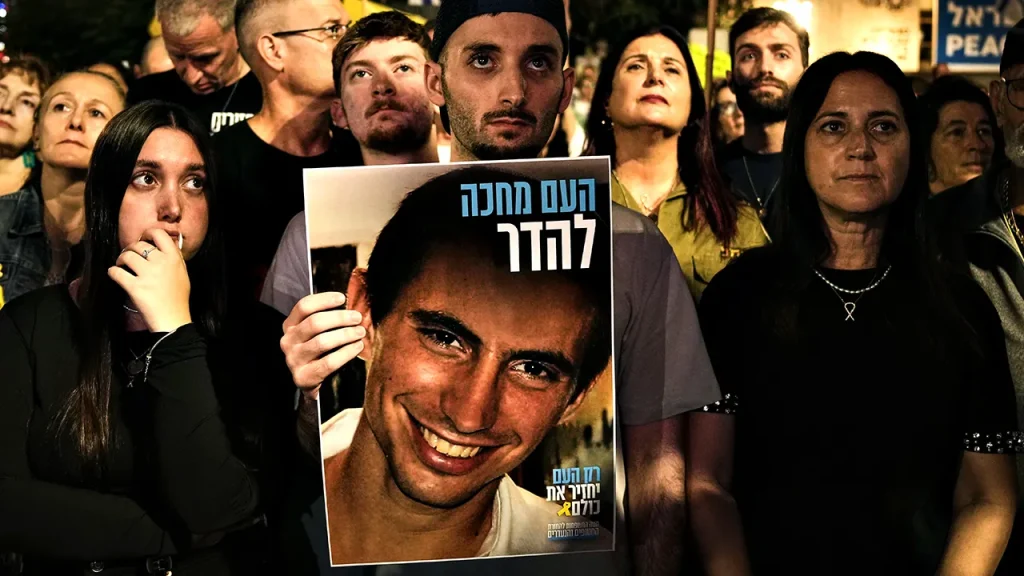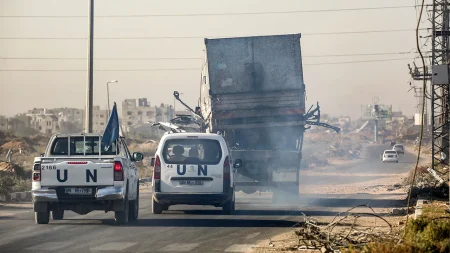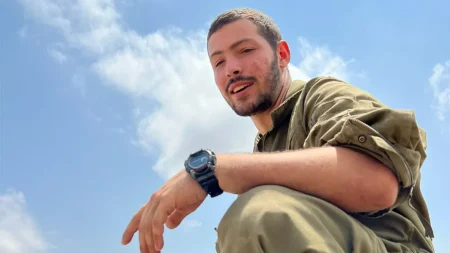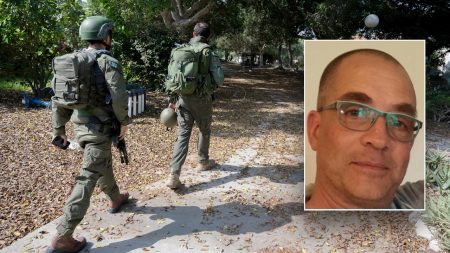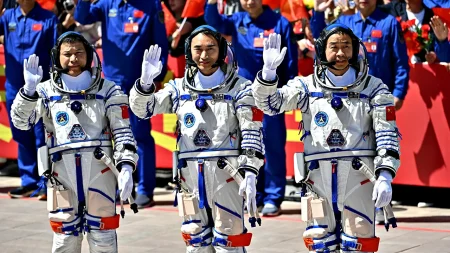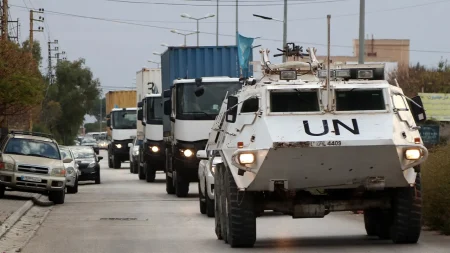Israeli Soldier’s Remains Return After 11 Years in Hamas Captivity
The return of Lieutenant Hadar Goldin’s remains on Sunday marked the end of an agonizing 4,118-day wait for his family, who had campaigned tirelessly for their son’s body to be brought home for a proper burial. Goldin, who served in the Israel Defense Forces’ Givati Brigade, was killed on August 1, 2014, just two hours after a 72-hour ceasefire took effect during that year’s conflict between Israel and Hamas. The announcement came from Israeli Prime Minister Benjamin Netanyahu during a government meeting, emphasizing Israel’s longstanding commitment to recovering fallen soldiers. “We have a legacy from the founding of the state – from the War of Independence to the War of Redemption – to return our soldiers who fell in battle, and we are doing that,” Netanyahu declared, highlighting the profound importance of this principle to Israeli society and military ethos.
For over a decade, Hadar Goldin’s parents led a heartfelt and persistent campaign to bring their son home, often repeating the poignant phrase: “Those who abandon the dead will abandon the wounded and the living.” Their advocacy kept Goldin’s memory alive and maintained pressure on successive Israeli governments to negotiate his return. The emotional toll on the family has been immeasurable, living with both grief and uncertainty as they fought to secure the dignity of a proper burial for their son. When Hamas first took Goldin in 2014, Israel initially believed he had been captured alive, but later evidence – including his blood-soaked shirt and prayer fringes discovered in a tunnel – confirmed he had been killed. Throughout these years, his body was held as a bargaining chip by Hamas, a painful reality his family had to endure.
The recovery of Goldin’s remains came as part of the broader U.S.-brokered ceasefire agreement between Israel and Hamas, which includes provisions for the return of all hostages, both living and deceased. Hamas announced finding Goldin’s body in a tunnel in Rafah, Gaza’s southernmost city, and coordinated its return through the Red Cross. The ceasefire agreement has established a formula where for each Israeli hostage returned, Israel releases the remains of fifteen Palestinians. This exchange reflects the complex and sensitive nature of hostage negotiations in this long-running conflict, where even the remains of the deceased become significant elements in diplomatic negotiations and conflict resolution efforts.
The current ceasefire follows the devastating events of October 7, 2023, when a Hamas-led attack on southern Israel resulted in the kidnapping of 251 people and the deaths of approximately 1,200 individuals, predominantly civilians. This attack triggered the ongoing conflict and created a new wave of hostages whose fates have been intertwined with longer-term captives like Goldin. Since the ceasefire began last month, Hamas has returned the remains of 23 hostages, gradually providing closure to families who have endured similar anguish. The return of Goldin’s remains represents a particularly symbolic moment, connecting the current conflict with the unresolved wounds from previous cycles of violence.
Before final confirmation could be made, Israeli authorities noted that the remains received from the Red Cross would need to undergo an official identification process by the Health Ministry National Center of Forensic Medicine. This cautious approach reflects both the scientific rigor required and the emotional sensitivity surrounding such returns. For many Israeli families with loved ones still unaccounted for, the return of remains represents a bittersweet closure – the end of hope for finding their relatives alive, but also an end to the limbo of uncertainty and the beginning of the traditional mourning process. Earlier this year, Israel had also retrieved the body of another soldier killed in the 2014 war, showing a gradual accounting for those lost in previous conflicts.
The return of Lieutenant Goldin’s remains underscores the enduring human impact of the Israeli-Palestinian conflict, where families on both sides continue to bear the profound costs of ongoing violence. His case exemplifies how the consequences of conflict extend far beyond the immediate casualties, affecting families for years or even decades afterward. The exchange of remains – Israeli hostages for Palestinian bodies – represents a somber form of diplomacy where both sides acknowledge, at least tacitly, the shared humanity and the importance of proper burial in their respective cultures. As Israel continues negotiations for the return of remaining hostages, both living and deceased, Hadar Goldin’s case serves as both a milestone of progress and a reminder of the conflict’s persistent human toll – a soldier whose final journey home took more than 11 years to complete.





